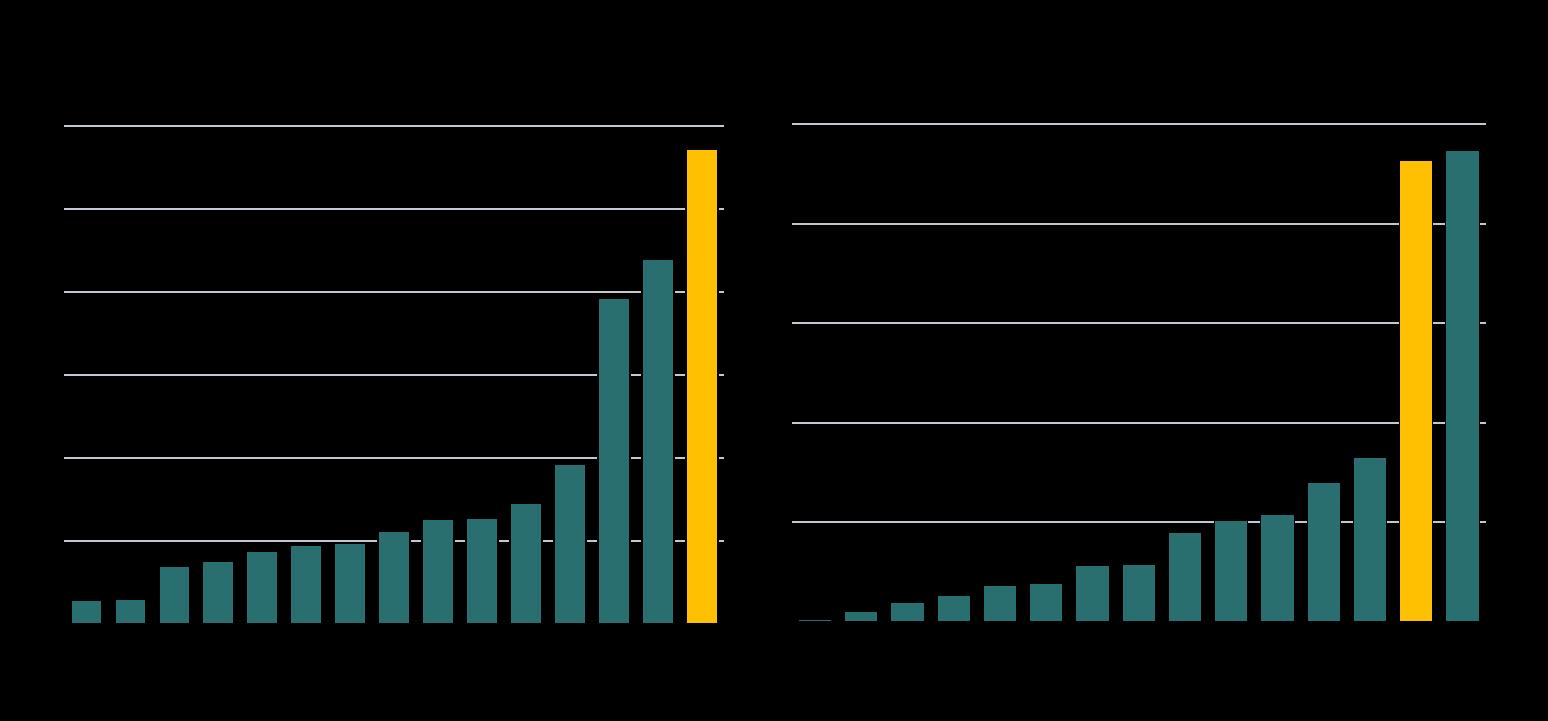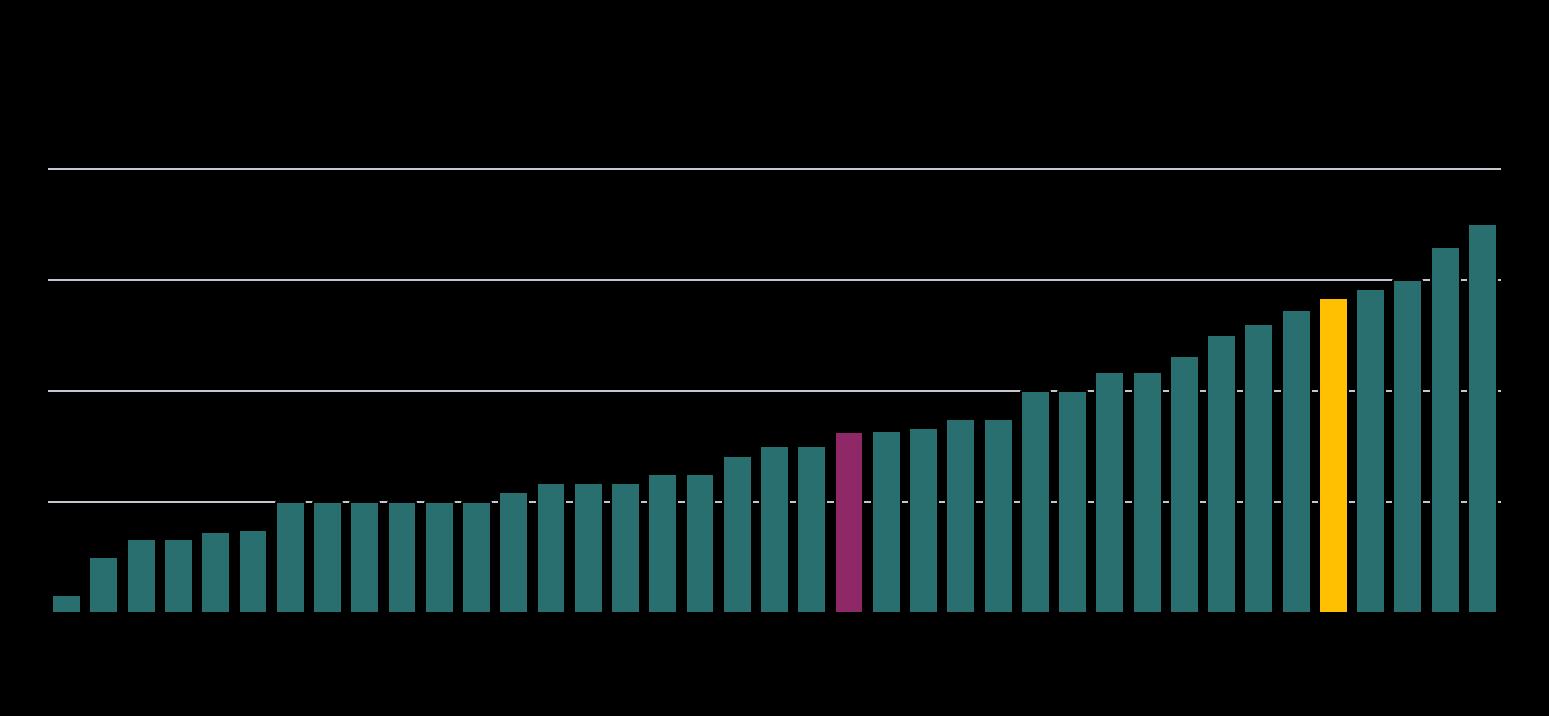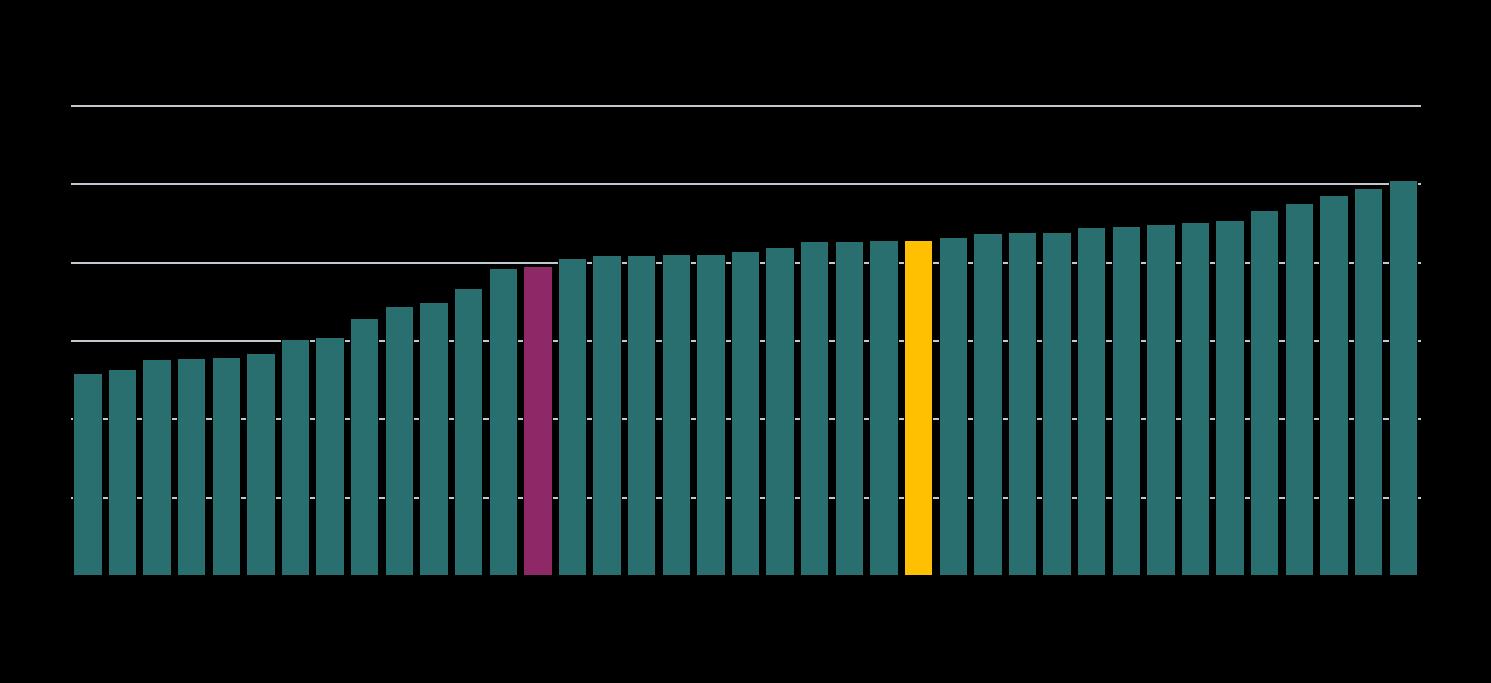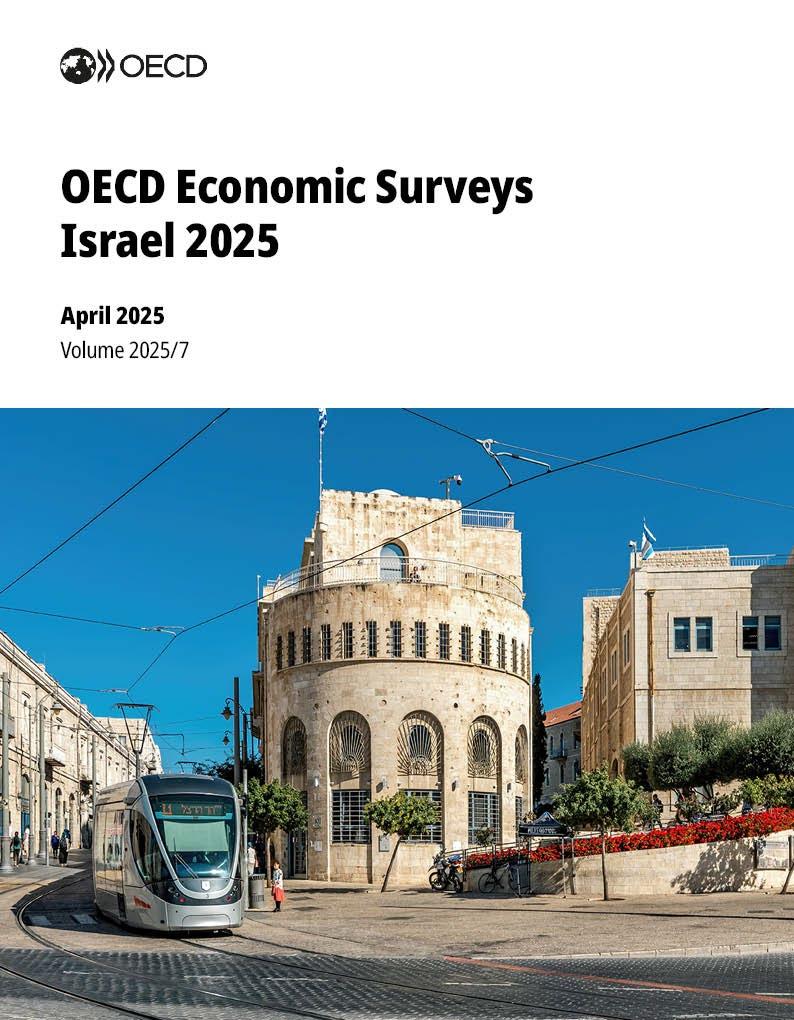



@OECDeconomy
@OECD






@OECDeconomy
@OECD







Ensuring economic recovery and raising living standards

Jerusalem
2 April 2025
oe.cd/ISRAEL


Source: OECD Economic Outlook: Statistics and Projections database.


Note: Labour force refers to people aged 15 and over.
Source: OECD Economic Outlook: Statistics and Projections database.


Note: Data refer to gross fixed capital formation in construction of dwellings and other buildings and structures, in volume terms.
Source: OECD National Accounts database; and OECD calculations.


Source: OECD Price Statistics database.

Source: OECD Economic Outlook database




Note: A rising nominal effective exchange rate increase corresponds to the shekel appreciating against the currencies of commercial partners, weighed by their share in Israel’s foreign trade.
Source: OECD Economic Outlook: Statistics and Projections database.


Note: Civilian government consumption excludes military expenditure.
Source: Israel Central Bureau of Statistics (CBS).

Deficit reduction should rely on growth-compatible revenue sources and expenditure reviews

Source: OECD Economic Outlook: Statistics and Projections database; and Israel Central Bureau of Statistics (CBS).


Source: OECD Labour Statistics database; Israel Central Bureau of Statistics (CBS); and OECD calculations.




Note: Investment data refers to companies, both listed and unlisted.
Source: OECD AI Policy Observatory; and Stanford AI Index Report 2024.


Source: OECD (2024), OECD Digital Economy Outlook 2024 (Volume 1): Embracing the Technology Frontier, OECD Publishing, Paris.




Note: Comparative Price Levels (CPLs) are defined as the ratios of PPPs for private final consumption expenditure to USD exchange rates. They provide measures of differences in price levels among countries.
Source: OECD Annual Purchasing Power Parities and exchange rates database; and OECD calculations.


Note: The Product Market Regulation (PMR) indicator is a composite index that encompasses a set of indicators that measure the degree to which policies promote or inhibit competition in areas of the product market where competition is viable.
Source: OECD Product Market Regulation database.


Note: “Trade facilitation” refers to a specific set of measures that streamline and simplify the technical and legal procedures for products entering or leaving a country to be traded internationally. Trade facilitation covers the full spectrum of border procedures, from the electronic exchange of data about a shipment, to the simplification and harmonisation of trade documents, to the possibility to appeal administrative decisions by border agencies.
Source: OECD Trade Facilitation Indicators (TFIs) database.


Note: The Product Market Regulation (PMR) indicator is a composite index that encompasses a set of indicators that measure the degree to which policies promote or inhibit competition in areas of the product market where competition is viable.
Source: OECD Product Market Regulation database.




Note: Greenhouse gas emissions excluding land use, land-use change and forestry (LULUCF). Dashed lines refer to emissions projections according to business-as-usual (BAU) scenario. Dotted lines refer to trajectories towards 2030 and 2050 GHG reduction targets with abatement measures according to Government Decision 171/2021.
Source: OECD (2023) OECD Environmental Performance Reviews: Israel 2023


Source: OECD Effective Carbon Rates database.


Note: Greenhouse gas emissions excluding land-use, land-use change and forestry (LULUCF) and farming sources other than energy-related. Public-sector buildings are accounted for within the commercial category.
Source: OECD Environment Statistics database; Ministry of Environmental Protection; and OECD calculations.





Disclaimers:
The statistical data for Israel are supplied by and under the responsibility of the relevant Israeli authorities. The use of such data by the OECD is without prejudice to the status of the Golan Heights, East Jerusalem and Israeli settlements in the West Bank under the terms of international law. This document and any map included herein are without prejudice to the status of or sovereignty over any territory, to the delimitation of international frontiers and boundaries and to the name of any territory, city or area.